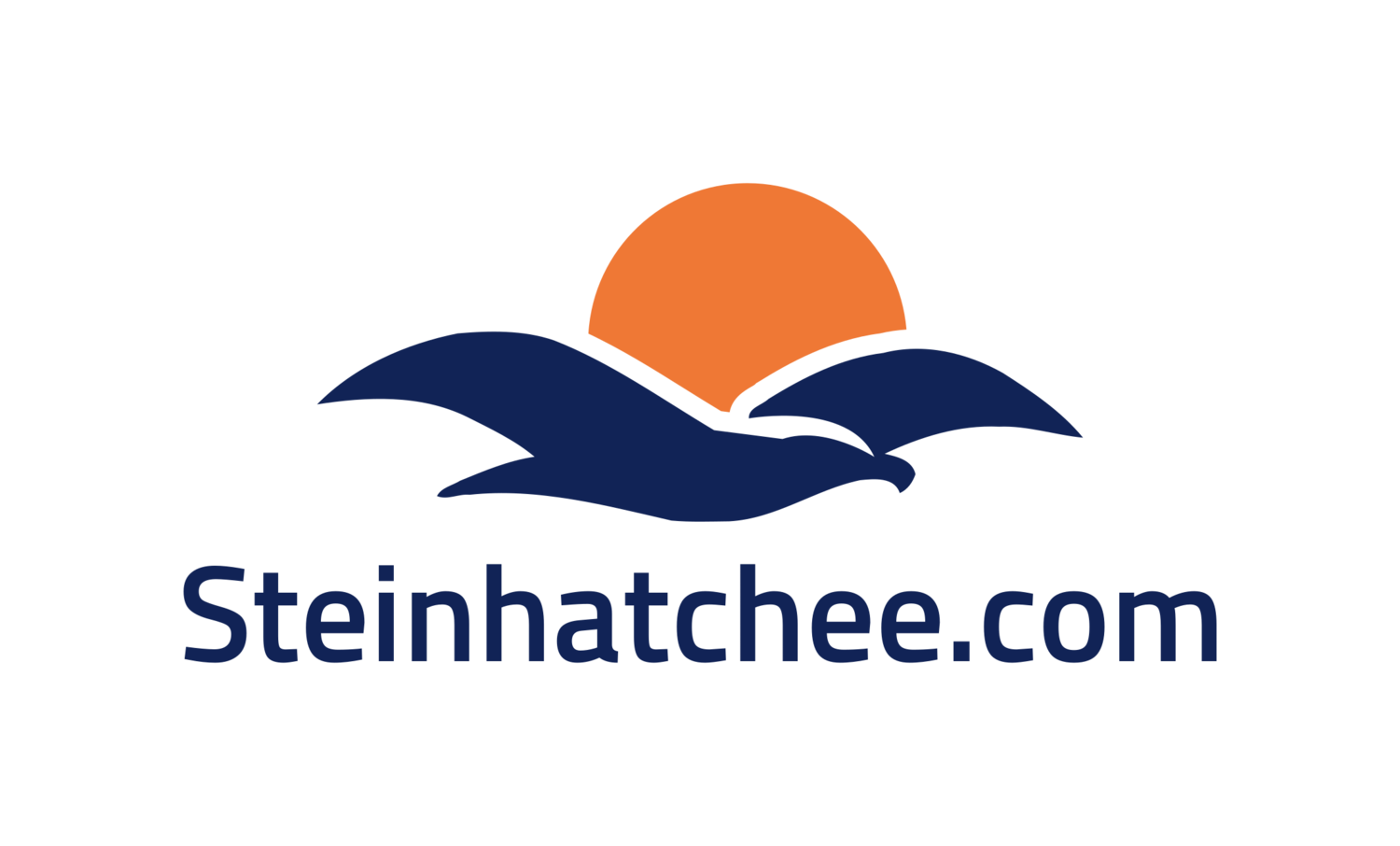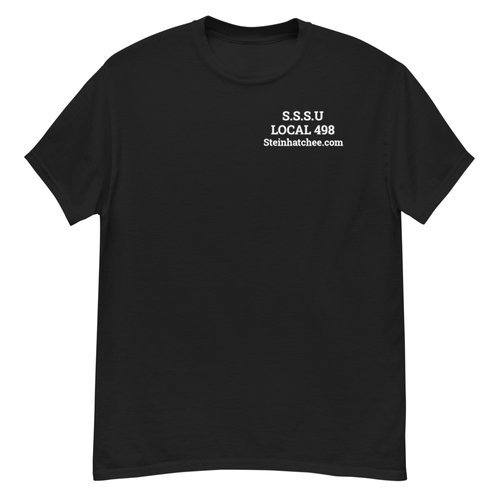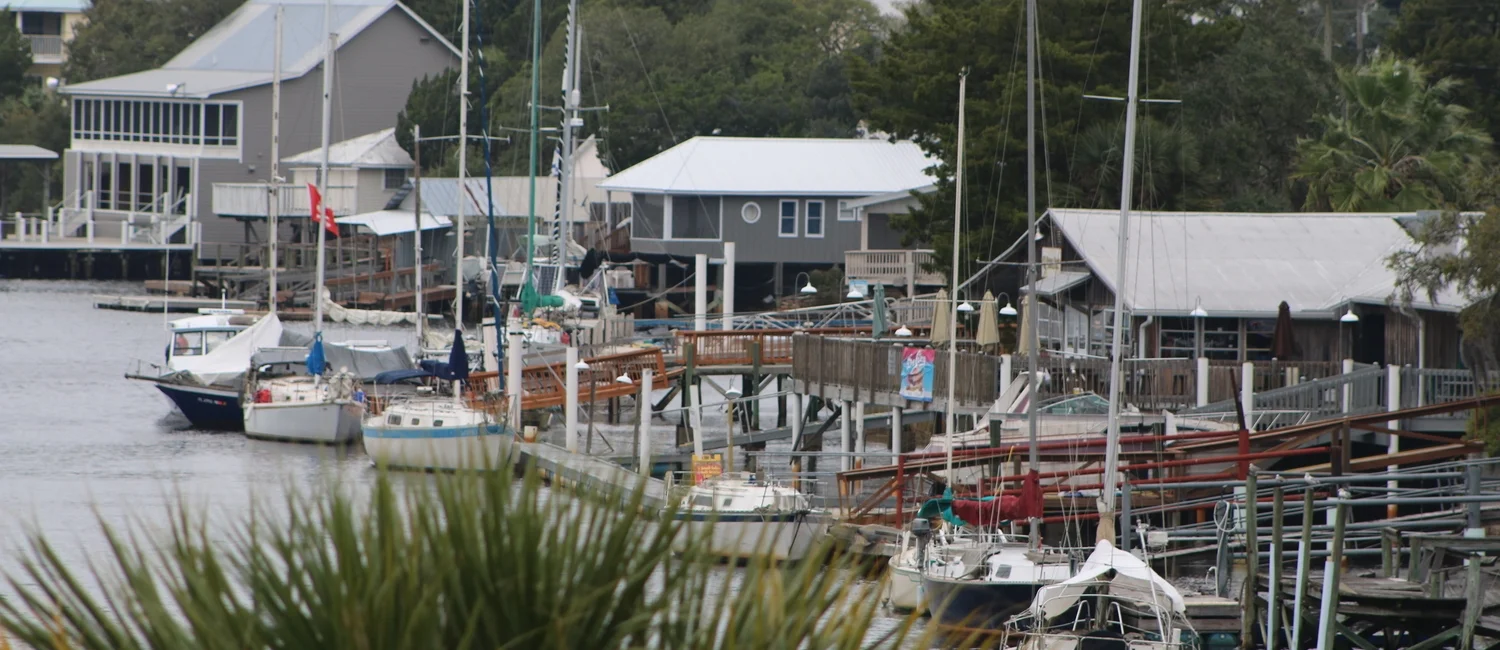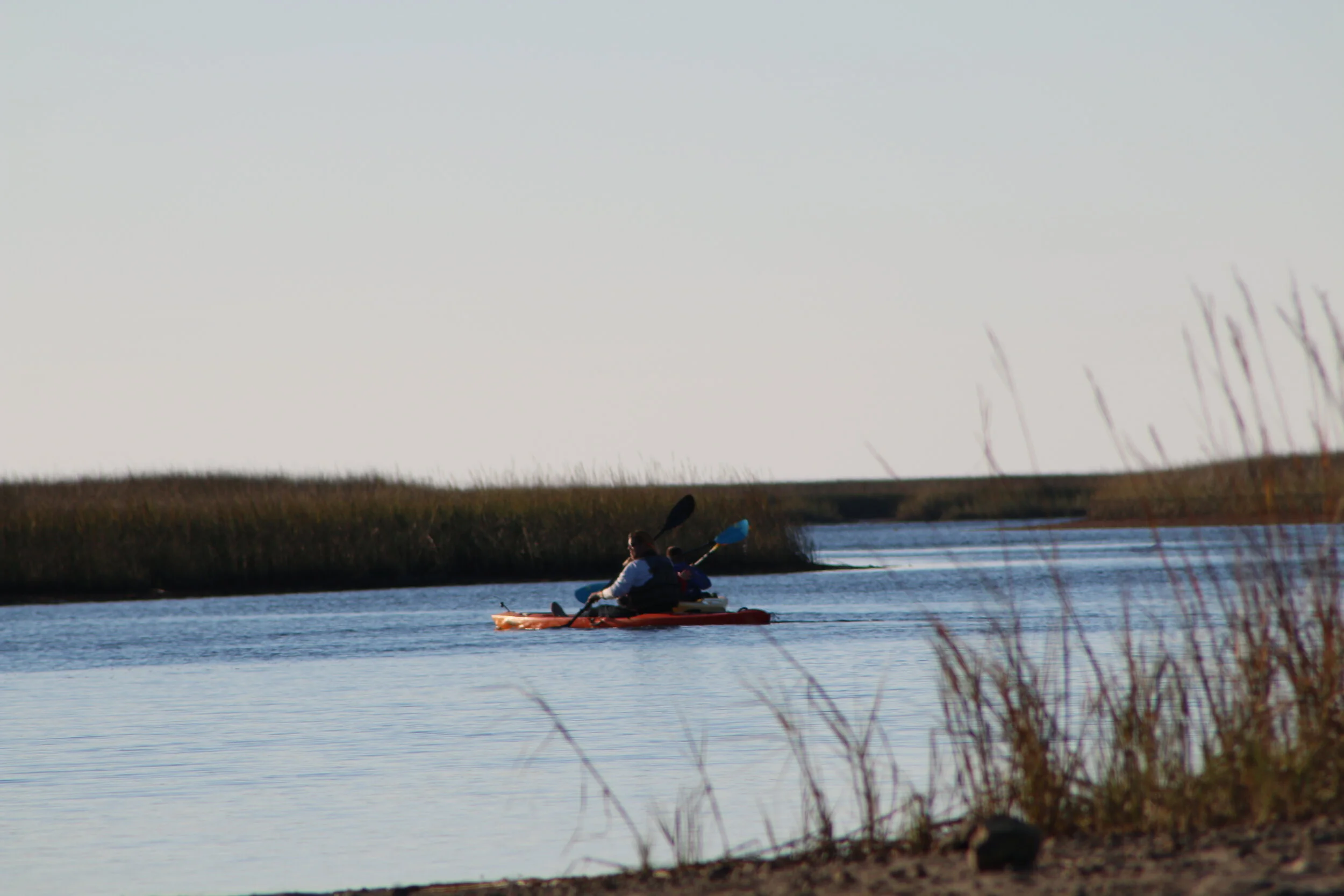Other regulations
Scallops may be collected by hand or with a landing or dip net.
There is no commercial harvest allowed for bay scallops in Florida.
Direct and continuous transit of legally harvested bay scallops is allowed through closed areas. Boaters may not stop their vessels in waters that are closed to harvest and must proceed directly to the dock or ramp to land scallops in a closed area.
For information on bay scallop regulations, visit MyFWC.com/Marine and click on “Recreational Regulations” and “Bay Scallops” under the “Crabs, Lobster and other Shellfish” tab.
Boater and scalloper safety
Be safe when diving for scallops. Wear a life jacket when underway and do not drink and boat. When scalloping in open water, divers should stay within 300 feet of a properly displayed divers-down flag or device, and within 100 feet of a properly displayed divers-down flag or device if on a river, inlet or navigation channel. Boat operators traveling within 300 feet of a divers-down flag or device in open water or within 100 feet of one on a river, inlet or navigational channel must slow to idle speed. For more information, visit MyFWC.com/Boating/Regulations and click on “Divers-down Warning Devices.”
Stow it, don’t throw it
Don’t forget to stow your trash securely on your vessel so that it doesn’t blow out and do not discard empty scallop shells in the Homosassa or Crystal rivers. Scallop shells may be discarded in a trash receptacle or in larger bodies of water where they are more likely to disperse.
Citizen science
Done for the day? Help FWC’s scallop researchers by completing an online survey at svy.mk/bayscallops. Harvesters can indicate where they harvested scallops, how many they collected and how long it took to harvest them. Participants can email BayScallops@MyFWC.com to ask questions or send additional information.
Learn more about how FWC scientists monitor Florida’s scallops by visiting MyFWC.com/Research and clicking on “Saltwater,” “Bay Scallops” and “Bay Scallop Season and Abundance Survey.”












